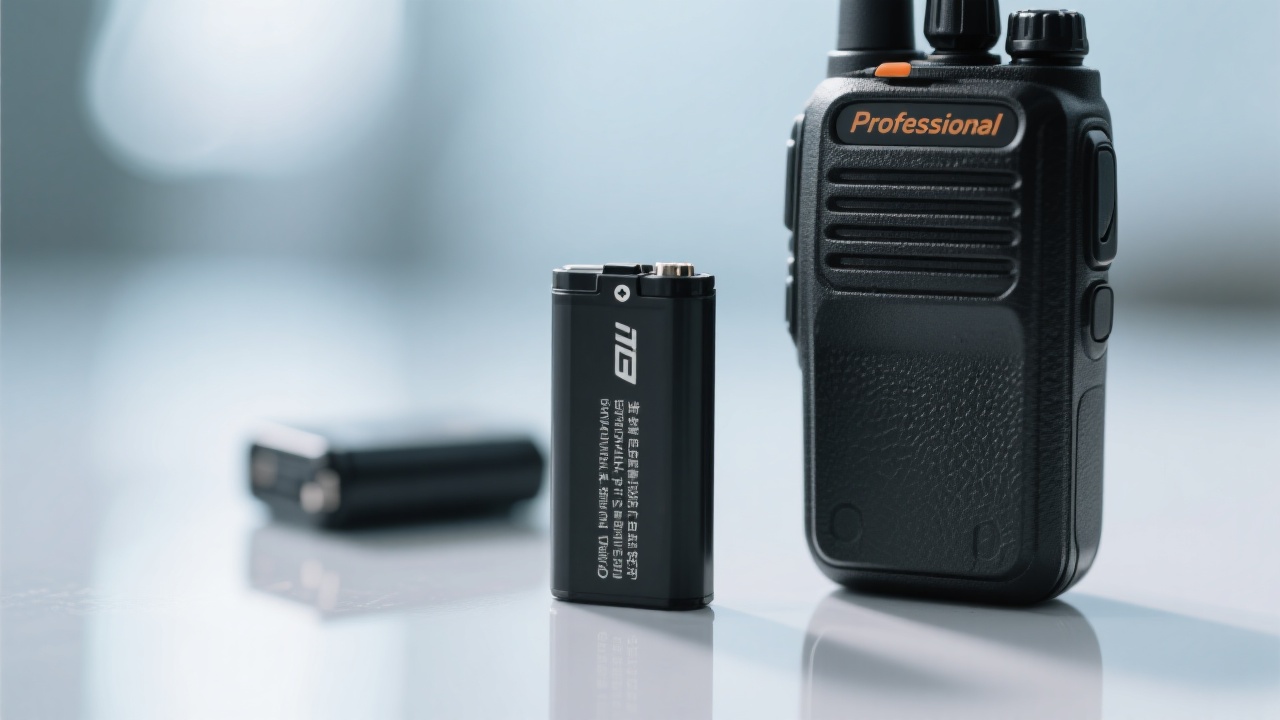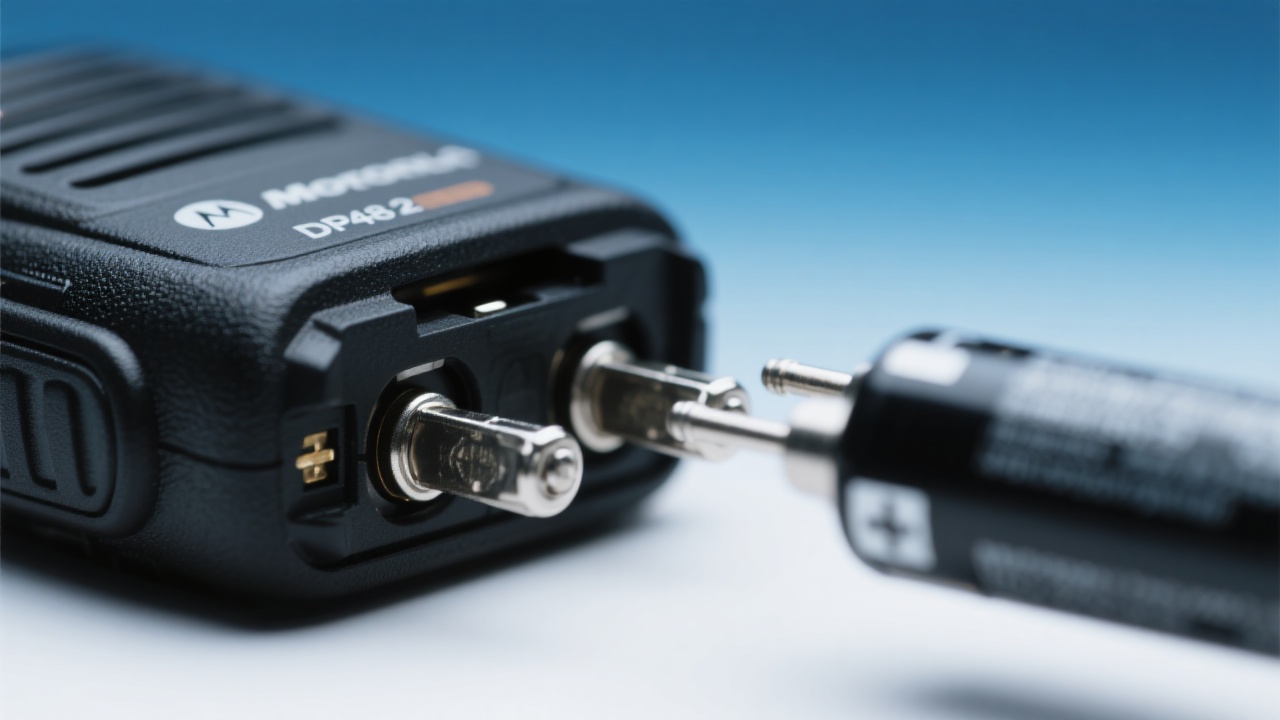
In the competitive world of B2B export, especially in electronics and communication devices like Motorola walkie-talkies, product differentiation often hinges on under-the-hood innovation. Take the PMNN4807A thin battery—a compact yet powerful energy solution engineered for Motorola R7 series radios. This isn’t just a replacement part—it’s a case study in how targeted R&D can drive real-world performance gains.
The PMNN4807A leverages high-energy-density lithium cobalt oxide (LiCoO₂) cathodes combined with advanced graphite anodes, enabling a 2200mAh capacity in a form factor thinner than 5mm. That’s critical for handheld radios where space is at a premium. The cell design uses a stacked electrode configuration instead of wound, reducing internal resistance by up to 18% compared to traditional designs—a key factor in maintaining voltage stability under load.
Manufacturing precision matters too: automated laser welding ensures consistent seam strength across 100,000+ cycles, while proprietary sealing technology prevents moisture ingress even in humid environments (tested per IEC 60068-2-30 standards).

Unlike generic batteries that degrade quickly under intermittent use, PMNN4807A features a built-in multi-layer protection circuit (PCM) that monitors temperature, current, and voltage in real time. It automatically cuts off power if any parameter exceeds safe thresholds—preventing overheating or over-discharge.
In field tests conducted with a logistics team in Singapore, the battery maintained >95% capacity after 800 charge cycles at 80% depth-of-discharge—far exceeding industry average (typically ~600 cycles). This translates directly into lower total cost of ownership for buyers in sectors like construction, security, and emergency response.
| Feature | Standard Battery | PMNN4807A |
|---|---|---|
| Thickness | 6.5 mm | 4.8 mm |
| Capacity | 2000 mAh | 2200 mAh |
| Cycle Life (at 80% DoD) | ~600 cycles | ~800 cycles |

In my 18 years working with clients from Germany to Brazil, I’ve seen how small technical advantages—like this battery’s thinness without sacrificing capacity—can become major selling points. For example, one Mexican telecom distributor reported a 27% increase in repeat orders after switching to PMNN4807A-powered units because field engineers found them easier to carry during long shifts.
What makes this particularly valuable for B2B exporters? It allows you to offer more than just specs—you’re offering real usability improvements backed by data. Whether it’s reducing weight for military users or extending runtime for warehouse teams, these innovations resonate deeply with procurement managers who prioritize ROI, not just price.
If you're exploring ways to differentiate your offerings in the global market, consider how subtle but impactful engineering choices—like those in the PMNN4807A—can translate into stronger customer loyalty and higher margins.
Ready to explore how smart battery tech can elevate your product line?
Download Our Free Guide: "Top 5 Tech Innovations That Win B2B Contracts"